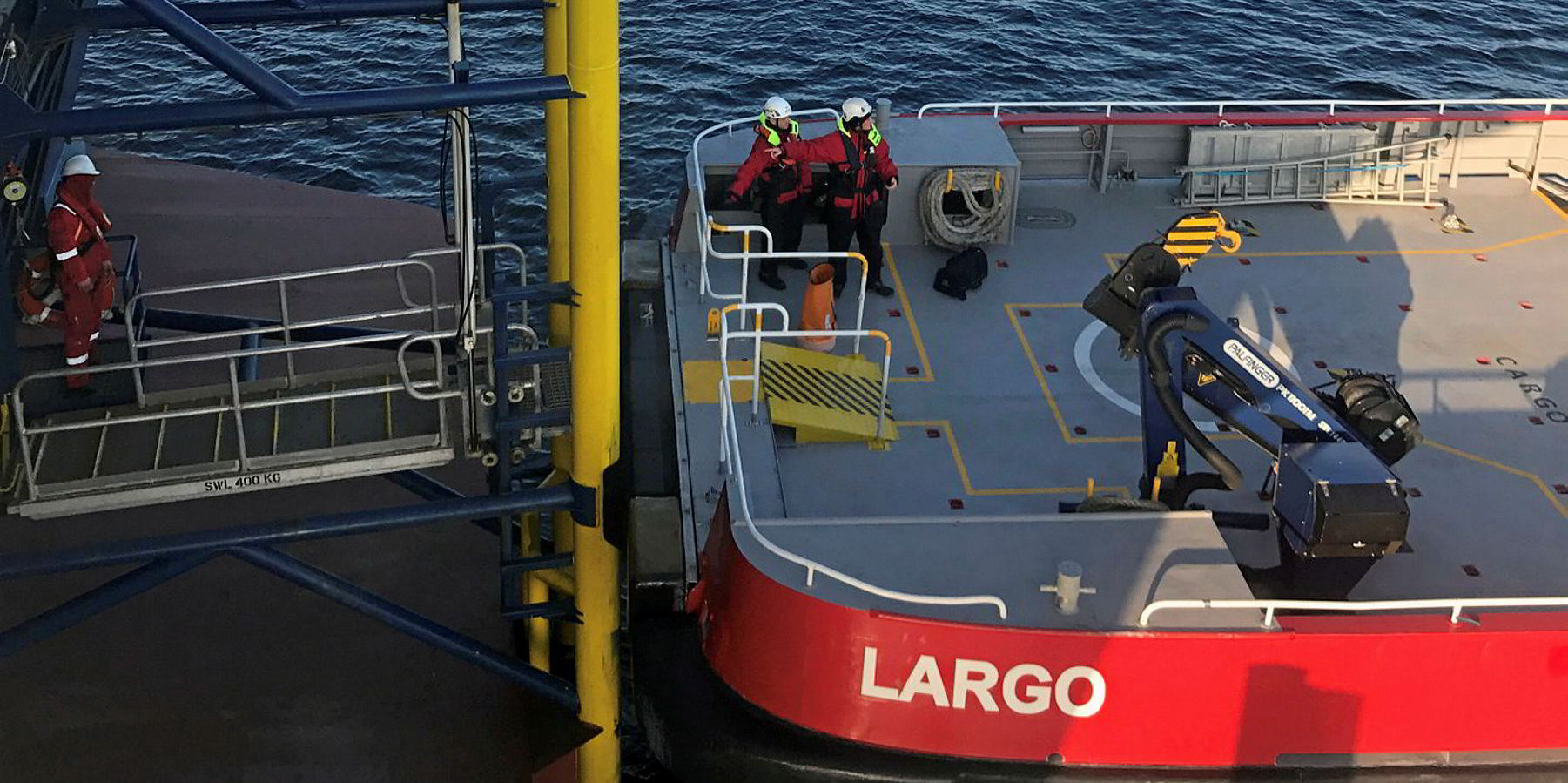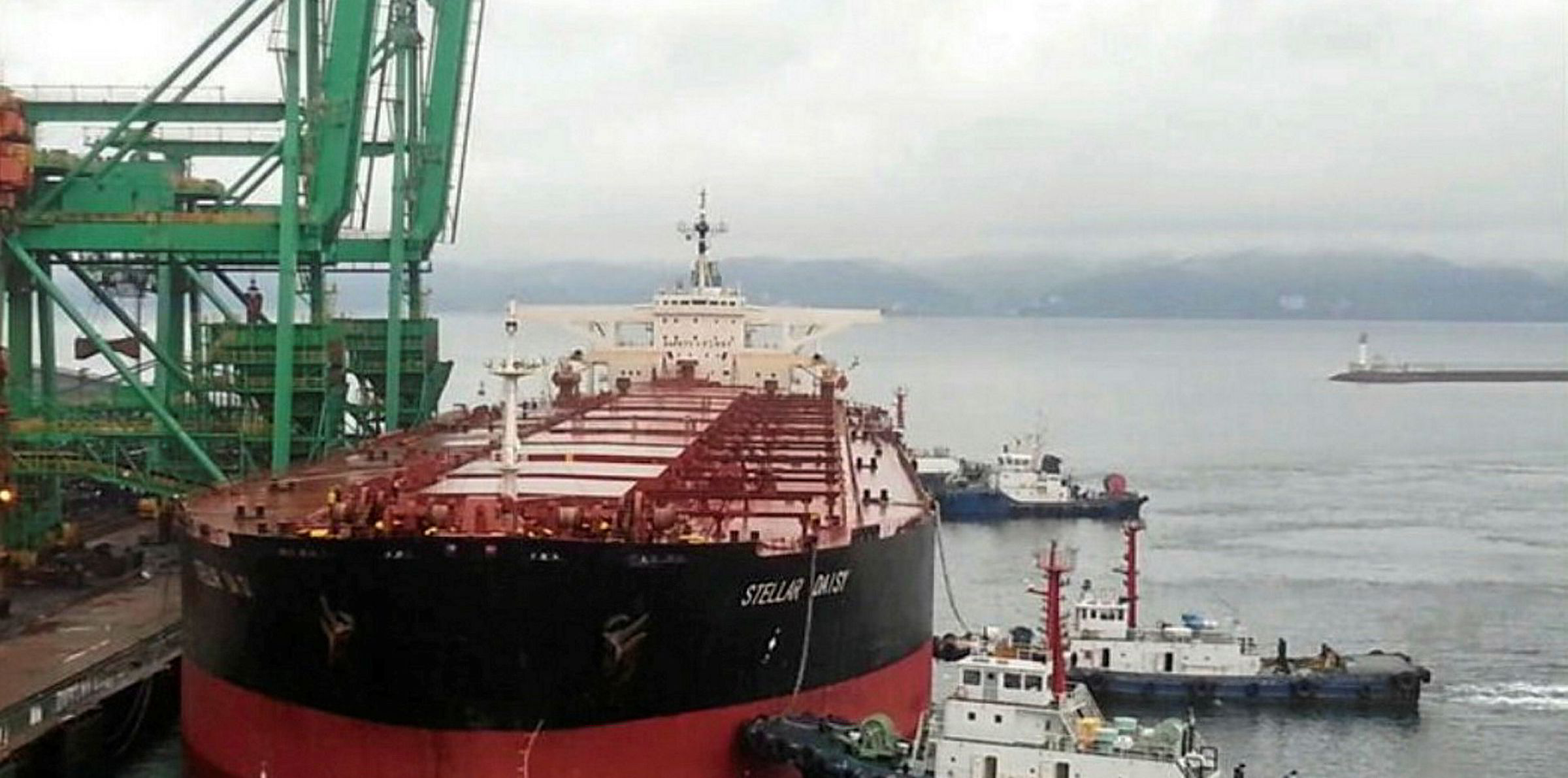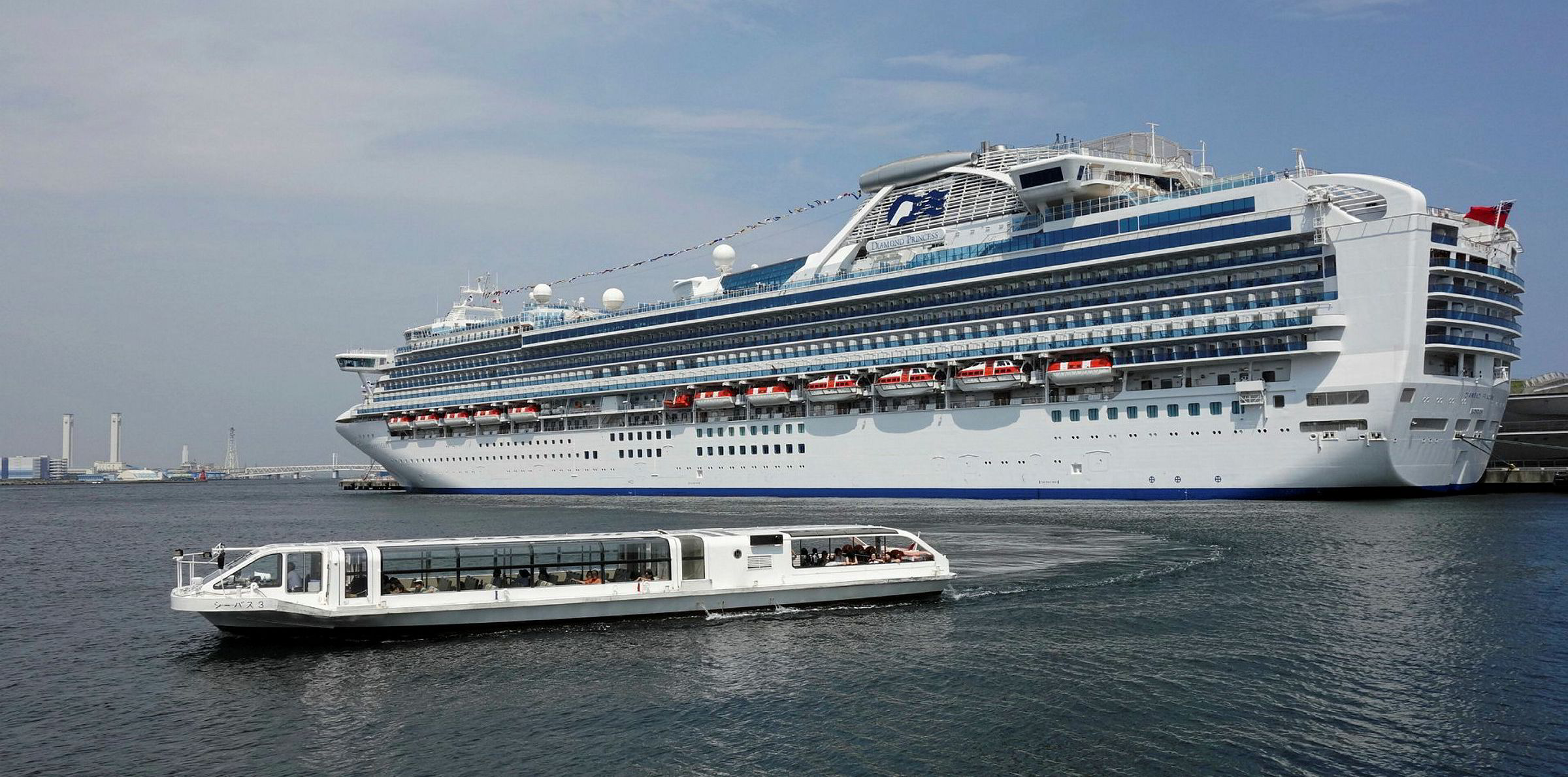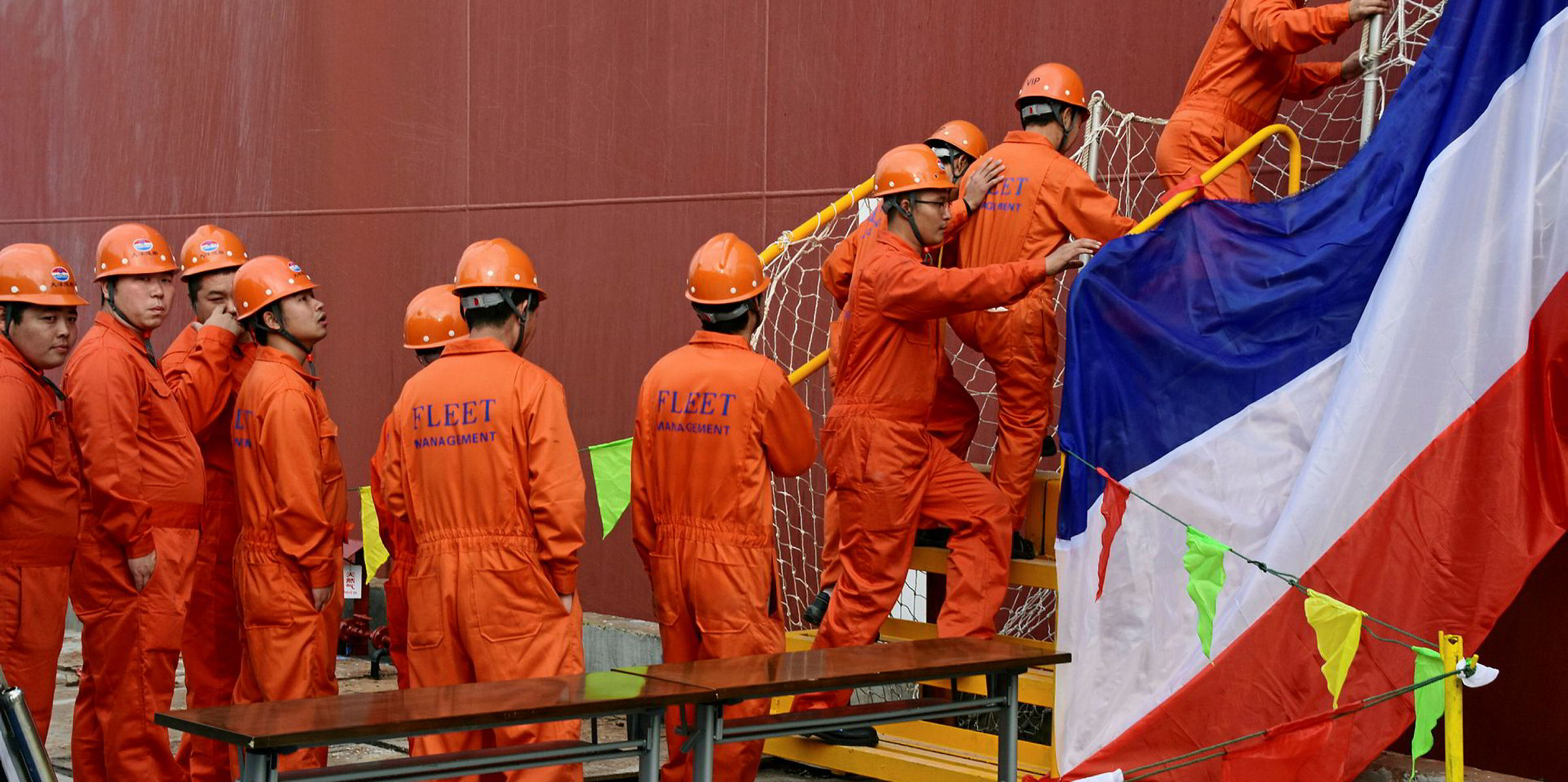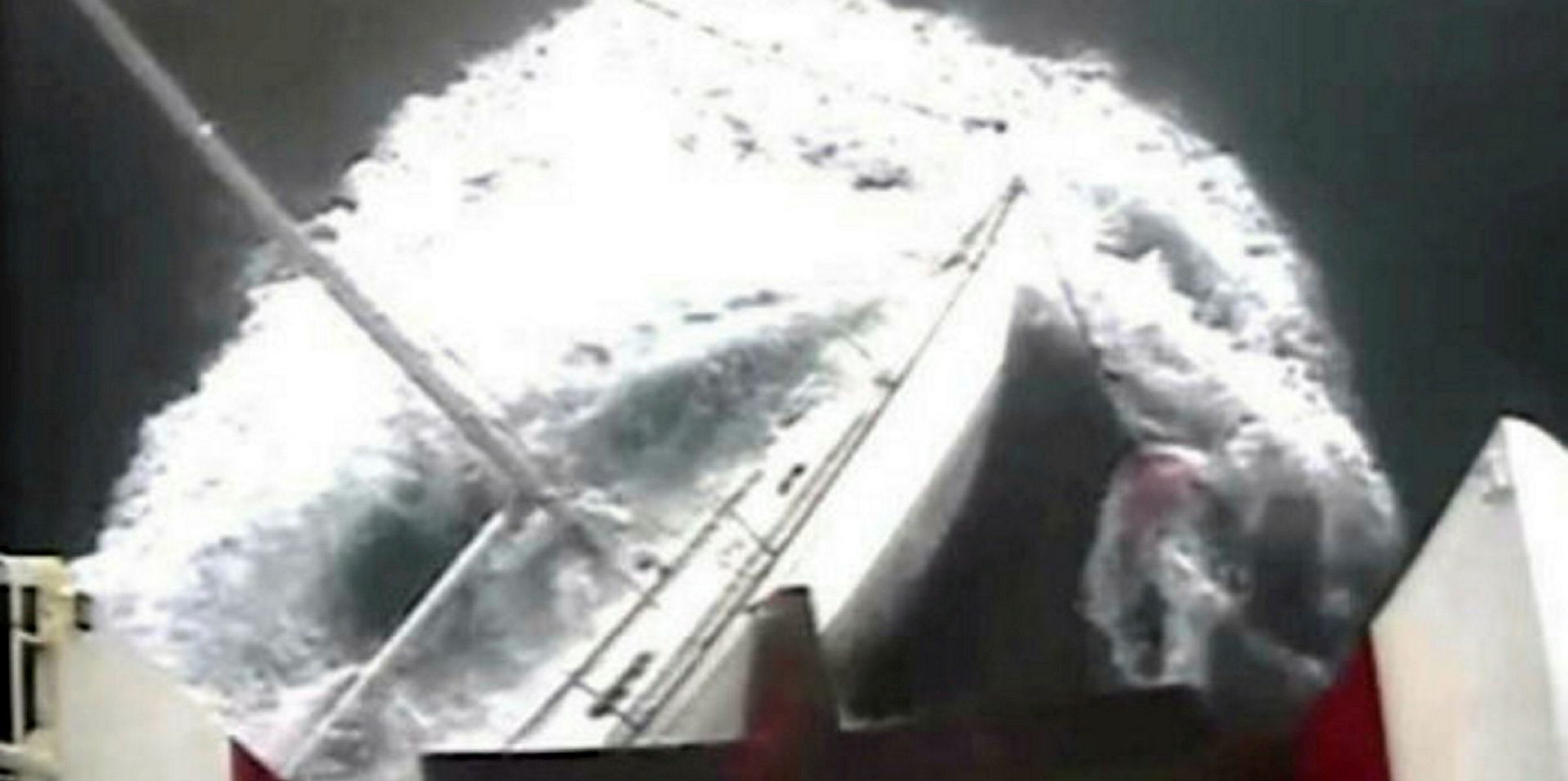Shipmanagers have been scrambling to hire non-Chinese seafarers and secure approvals from flag states to extend the time period crews can stay aboard vessels, amid mounting challenges as the coronavirus spreads worldwide.
Since the outbreak began at the end of 2019, China's transport ministry has asked shipping companies to bar seafarers from going ashore when their vessels call in the country as a containment measure.
Since then, nations including Singapore, Russia, Italy, South Korea and the US have either banned or restricted the entry of Chinese nationals in attempts to contain the spread of the virus.
With China being a top supplier of seafarers, those measures have created obstacles for the changing of crews, according to many shipowners and managers.
“As a general rule, we only change Chinese crew in China,” Wallem chief executive Frank Coles told TradeWinds.
He added that crews of other nationalities either disembark in non-Chinese ports at least 14 days after their ships depart from China, or are changed before arriving in China.
Crew changeover
Some companies have begun to employ more non-Chinese seafarers to smooth the crew-changeover process, with travel restrictions disrupting original schedules, according to Danica Crewing Services managing director Henrik Jensen.
“When the vessel arrives in port and their [crews’] agreed tenure is over … everyone expects to be relieved and gets disappointed if this does not happen,” said Jensen, who runs a crew recruitment agency.
“To avoid disappointment and to keep their crew happy, owners are now sourcing other crew nationalities.”
According to Jensen, Filipino and Eastern European seafarers are more sought after these days, although their salary levels are yet to rise.
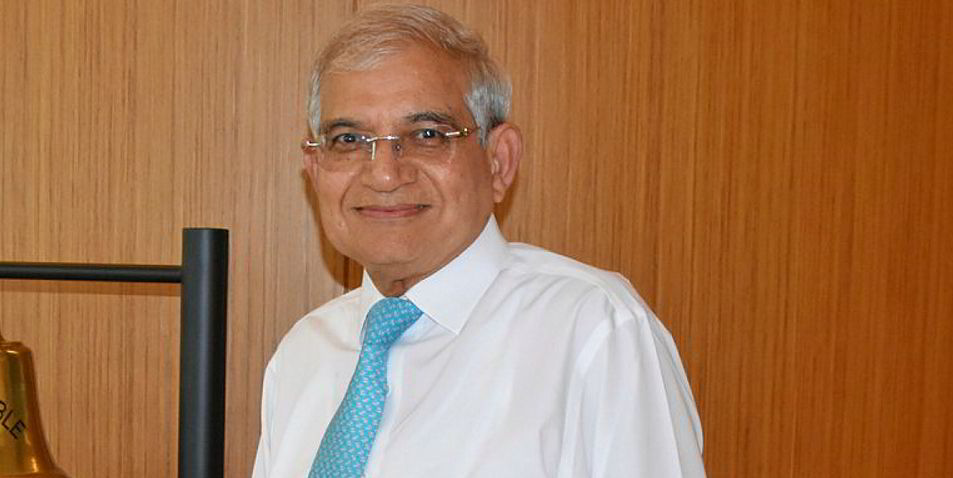
Kishore Rajvanshy, managing director of Caravel Group-controlled shipmanager Fleet Management, said his company has drawn up a contingency plan to use more Filipino crew, with more than 50 ships in its fleet currently employing full Chinese crews.
However, the Hong Kong-based manager has so far managed to secure approvals from flag states to allow crews to stay on their ships for an additional three months. Under normal circumstances, they can only stay for up to 11 or 12 months.
“Flag states have been supportive … We have not reached [the] crisis point yet,” Rajvanshy said. “[Our] colleagues in China are keeping in touch with crew and their families to monitor the situation as we must.”
Welfare of crews
The treatment of seafarers during the epidemic has also come under the spotlight, with some crew members aboard the 115,900-gt Diamond Princess (built 2004) calling for help via social media.
Operator Princess Cruises eventually agreed to let all 1,004 crew of more than 40 nationalities leave the quarantined ship, while promising a two-month paid vacation.
However, 70 of them were found to have been infected with the new, deadly coronavirus.
Aside from heightened health risks, Rajesh Unni, the chief executive of Singapore-based manager Synergy Marine Group, said seafarers are facing longer periods of time away from their families due to logistical challenges and quarantine measures.
“It’s very challenging on some routes because crew changes are not allowed at either end,” said Unni, adding that sometimes ships need to be diverted to where crew changes are possible.
Synergy is providing its crews and the wider shipping community counselling services via a free, multilingual mental wellness helpline, which Unni hopes can offer support to seafarers.
“The welfare and safety of our teams on board vessels is always of paramount importance,” Unni said.
“The fact that the coronavirus epidemic has effected more people, more quickly than the SARS outbreak 17 years ago is extremely concerning ... In light of which we have all our contingency plans, including infection control procedures, in place.
“While we wait and watch, we are extremely grateful for our teams on board for understanding the situation and for keeping world trade moving in this difficult time.”
